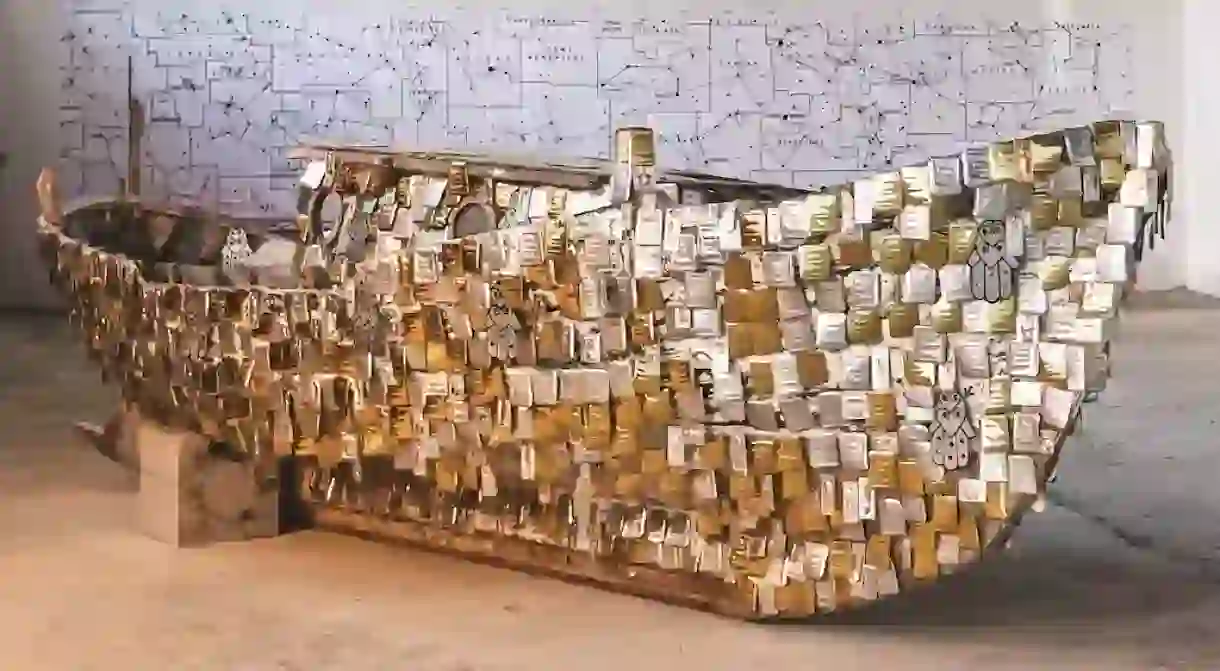A Brief History Of The Çanakkale Biennial

Istanbul is not the only Turkish city that holds a biennial. We travel to Çanakkale, the town nearest to the ancient site of Troy, which has also been hosting its own biennial since 2008.
Hosted by the Çanakkale Biennial Initiative, a local non-profit organization that produces artistic and cultural ideas and events, the Çanakkale Biennial made its debut in 2008. Aiming to examine and criticize social problems, both locally and globally through works of art, the biennial has successfully integrated contemporary art into the city’s everyday life.

Two international exhibitions organized by the initiative formed the basis of the first biennial, while the second biennial held in 2010 explored ‘The New World Order’. By the time the third biennial was being organized, the rise of the Arab Spring, with is roots in Tahrir Square, further denoted a sense of this new world order. The critique of the social, political, and economic factors that gave way to a global sense of restlessness through works of contemporary art became the event’s basis.
In terms of event locations, the biennial chose historic Çanakkale sights such as the Er Bath, the Old Armenian Church, and the abandoned buildings in the Fevzipaşa district to create a confluence between everyday life and art. The biennial also focused on underrepresented community members such as children and teenagers, as well as the disabled and people with gender identity issues, in order to increase their participation and creativity.

For the fifth biennial, being held between September 24 and November 6, 2016, global issues will once again be a main theme. Working with the title ‘Homeland’, the 5th Çanakkale Biennial will focus on the themes of global emigration, refugees, and exile. In a world where borders are becoming increasingly superfluous, the idea of national and ethnic identity will be challenged.

The works of more than forty celebrated artists from all over the world will be on display for locals and visitors. While the biennial will exhibit at venues throughout Çanakkale’s center, one of the main venues will include MAHAL, Çanakkale’s first alternative art space. Formerly an oaknut depot, the multifunctional art space is located on the shores of the Sarıçay River. Other main venues include the Piri Reis Museum, Mekor Hayim Synagogue, the Korfmann Library, Çanakkale Archaeology Museum, and Çanakkale Ceramic Museum, among others.
For more information on the biennial, visit their official website.













